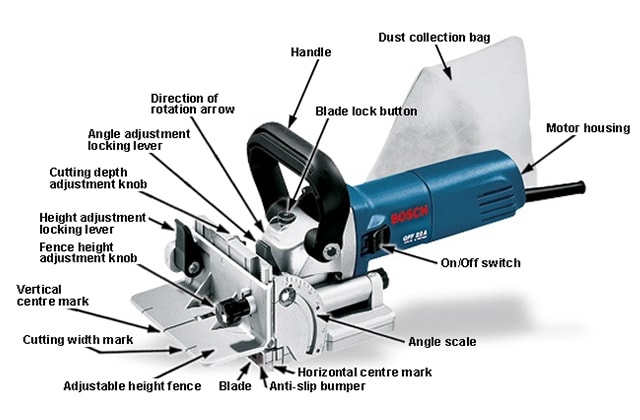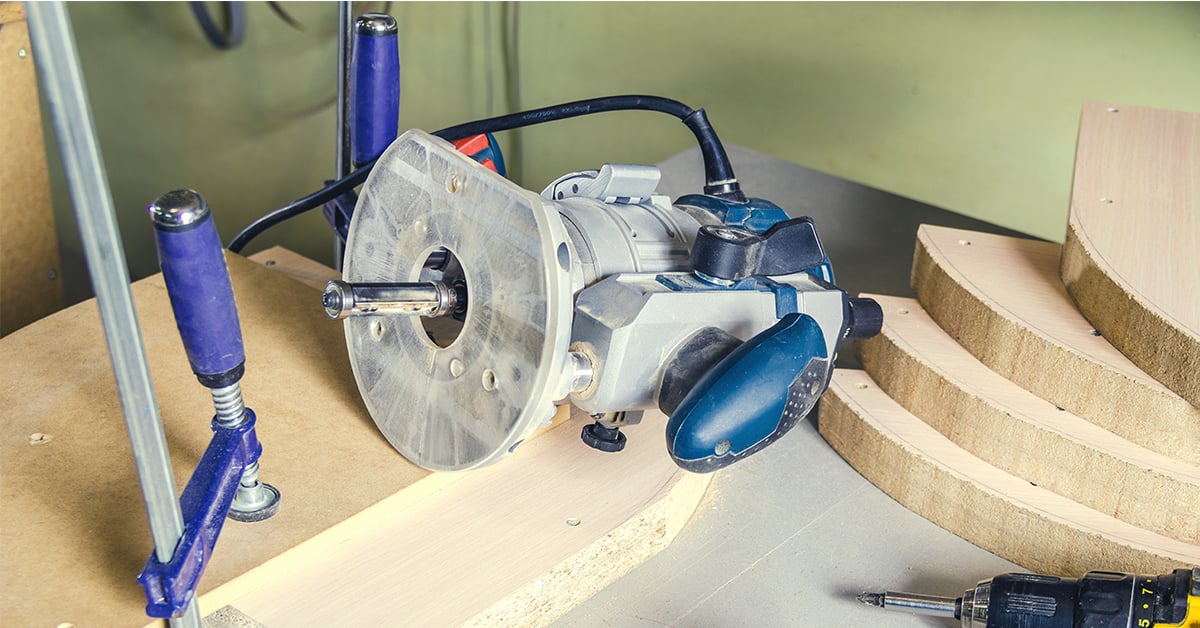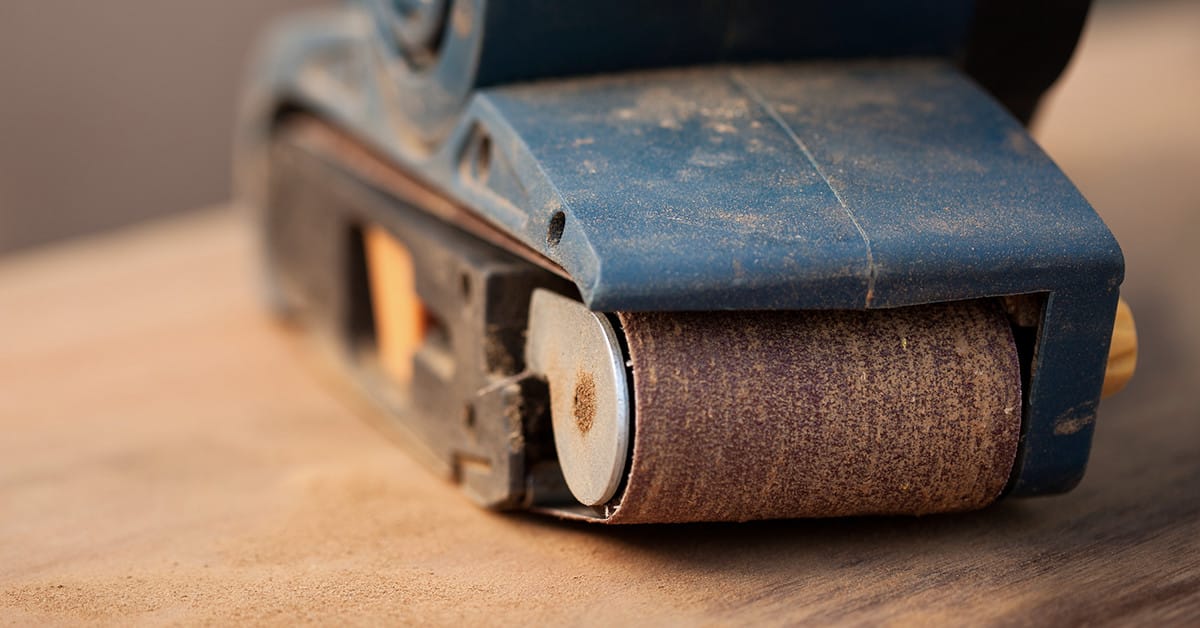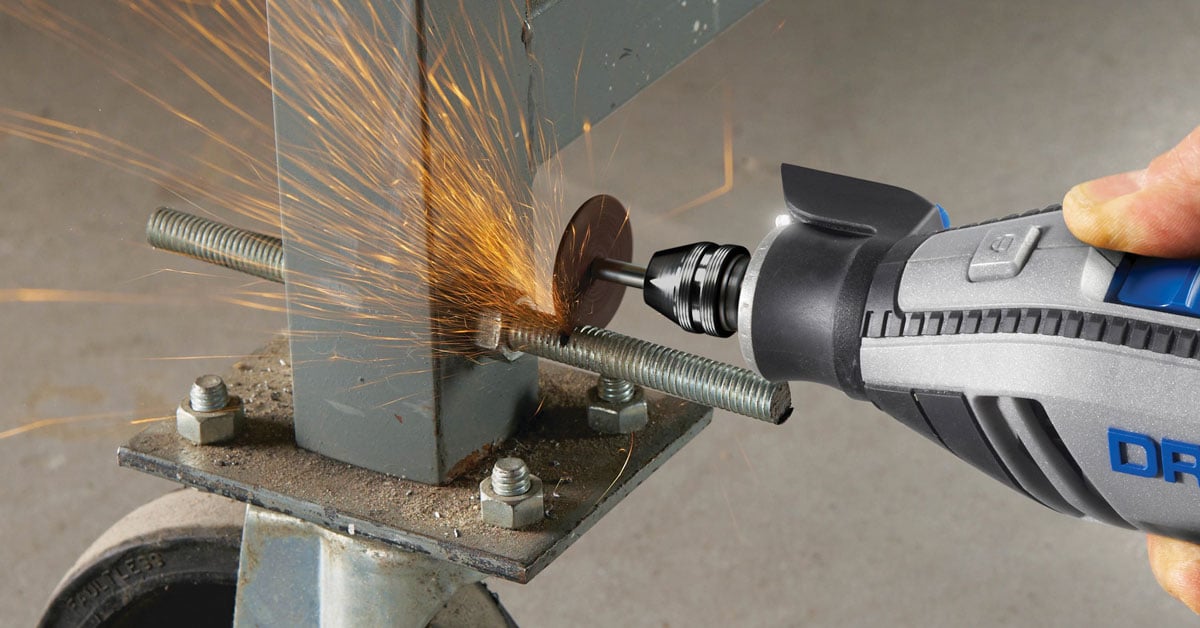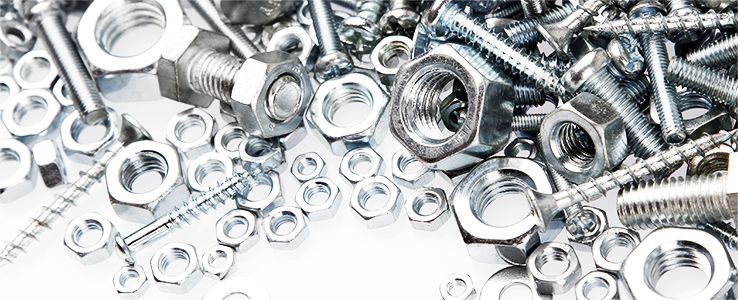Types of Biscuit Joiners to Choose From
One way to classify these power tools is by handle style. Manufacturers offer plate joiners with barrel grips or D-handles.
A barrel grip extends the tool’s body, while a D-handle mounts on its motor casing. A barrel grip offers a larger grip area and better control of the tool. You can manoeuver the joiner more easily when wrapping your hand around a barrel grip.
If you plan on working with a biscuit joiner for long sessions, it’s best to consider getting a D-handle model. The D-handle provides a more ergonomic grip and is comfortable to hold for extended periods.
Plate joiners are also available as corded and cordless power tools. Corded units have more powerful motors and can cut faster. They also run for longer since they don’t rely on battery power. In contrast, cordless biscuit joiners are more portable and better suited for field work and small projects. When using one, there’s no risk of the power cable getting in the way. To reduce downtime, it’s best to have extra batteries handy.









